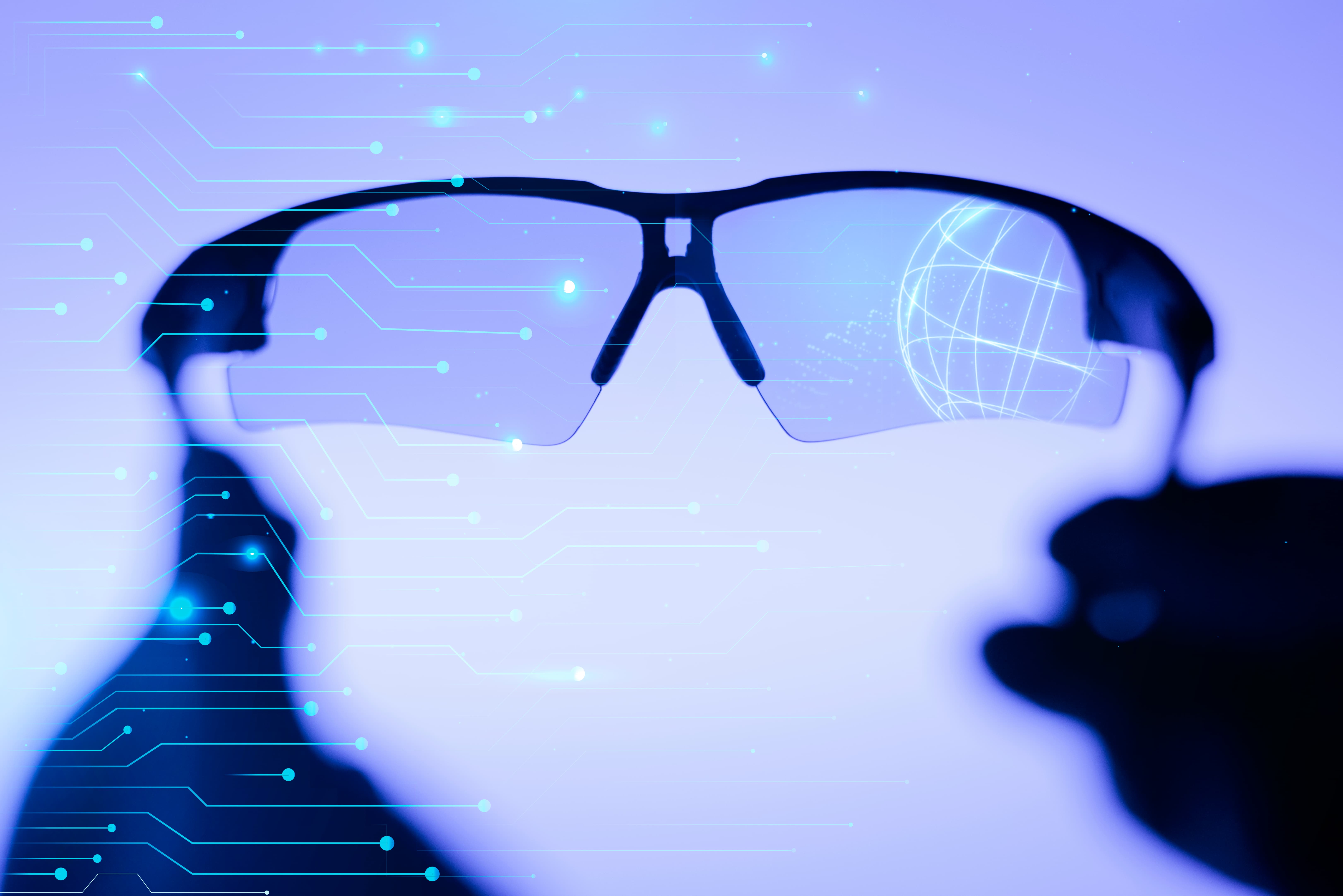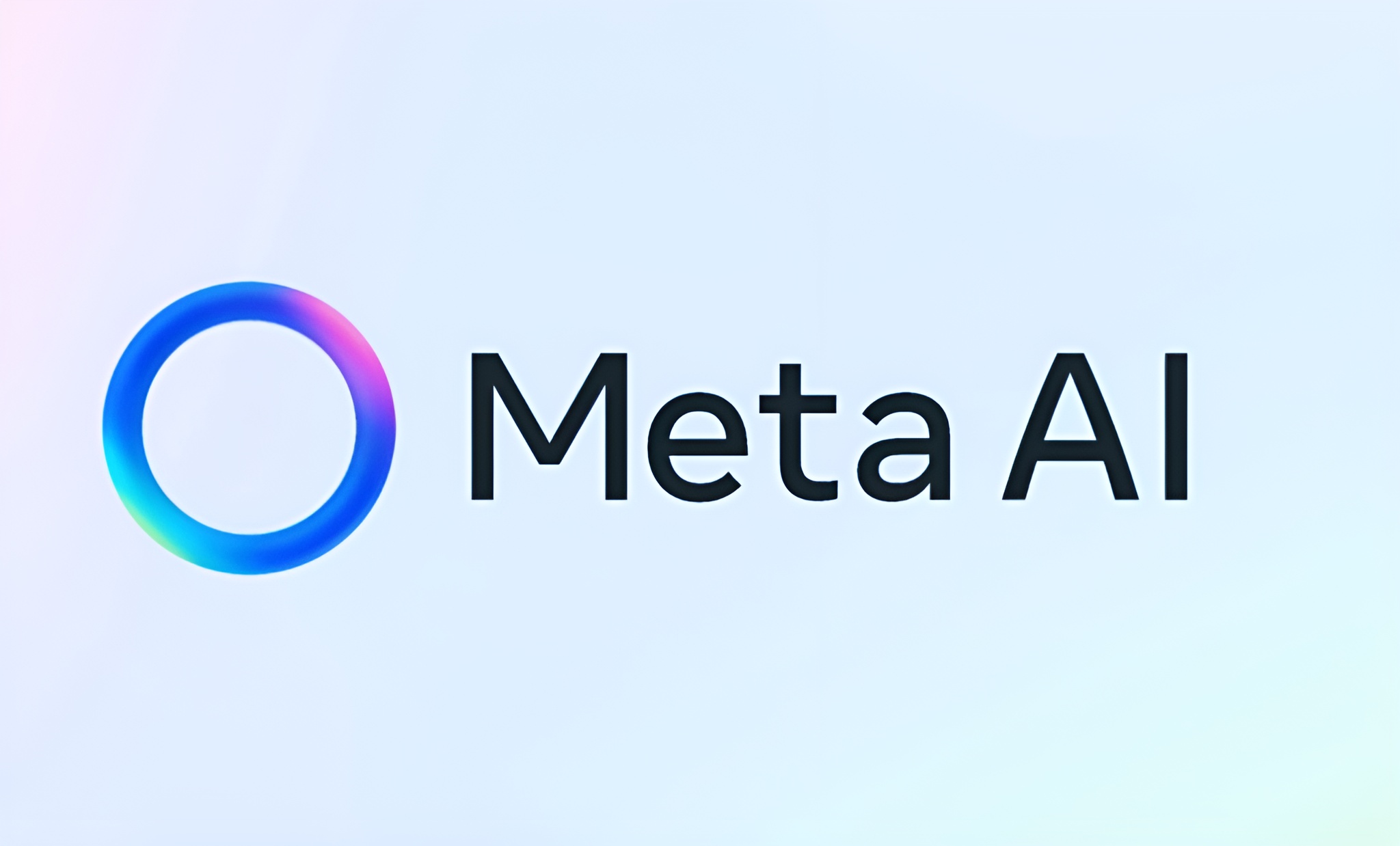Meta has updated its AI smart glasses with a conversation-focused feature that amplifies voices in noisy environments. Users can adjust the volume by swiping to the right on the temple or through device settings.
The conversation-focused feature is designed for busy environments such as restaurants, trains or bars. It is similar to Apple AirPods’ Conversation Boost, which helps users focus on a single speaker.
The update also adds Spotify integration, allowing the glasses to play songs based on what the wearer sees, such as an album cover or festive decorations. The feature links visual cues with interactive actions in apps.
The software update (v21) will initially roll out to participants in Meta’s Early Access Program. The conversation-focused feature will initially be available in the US and Canada, while the Spotify feature is offered in English across multiple markets.
Would you like to learn more about AI, tech, and digital diplomacy? If so, ask our Diplo chatbot!










